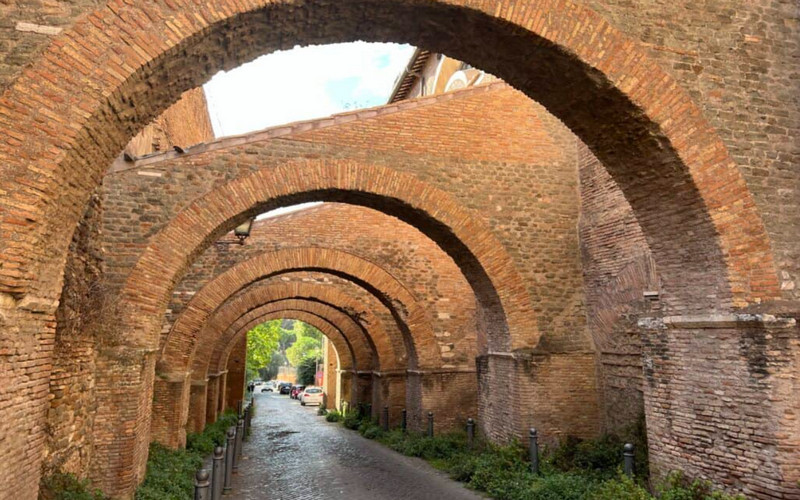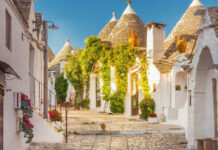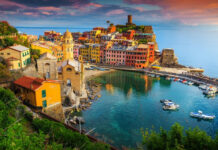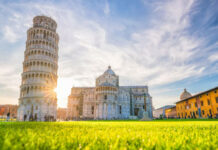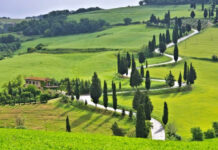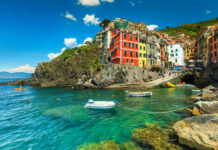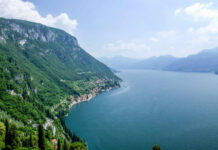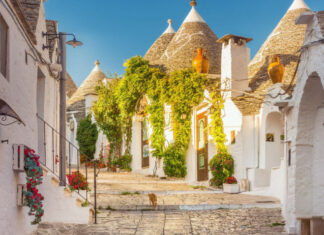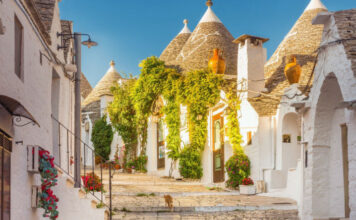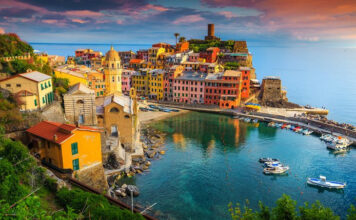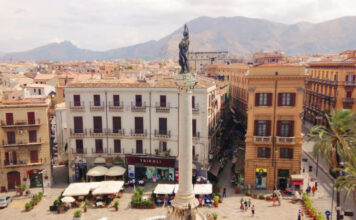When most people think of Ancient Rome, their minds immediately conjure images of the Colosseum’s towering arches or the grandeur of the Vatican’s Sistine Chapel. While these iconic sites are indeed breathtaking, they represent only a fraction of the treasures that lie within the Eternal City. Beneath its cobbled streets, behind its lesser-known basilicas, and tucked into its quieter corners are countless ancient wonders that whisper tales of a city that ruled the world for centuries. This article takes you on a journey to explore the hidden marvels of Ancient Rome—places where history lingers in silence, awaiting discovery.
1. The Case Romane del Celio – The Roman Houses of Celio Hill
Just a stone’s throw from the Colosseum lies one of Rome’s most astonishing hidden gems: the Roman Houses beneath the Basilica of Saints John and Paul on the Celian Hill. These ancient residential structures date back to the 2nd and 3rd centuries AD and were rediscovered only in the 19th century. Unlike the grand temples and public monuments, these houses offer an intimate glimpse into daily Roman life. Visitors can explore frescoed rooms, domestic courtyards, and Christian worship areas that predate Constantine’s conversion. Particularly fascinating are the pagan motifs blending with early Christian symbols, capturing a transitional moment in Rome’s spiritual identity.
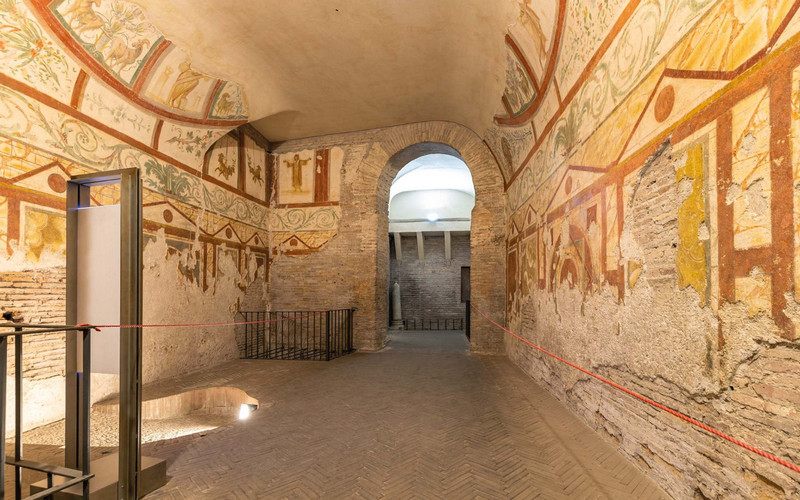
2. Largo di Torre Argentina – The Republican Temples and a Fateful Assassination
Today, Largo di Torre Argentina is known more for its cat sanctuary than for its archaeological importance—but beneath the paw prints lies the sacred site of Julius Caesar’s assassination. This sunken square in the middle of the city center contains four ancient temples (labeled simply A through D), dating from the 4th to the 1st centuries BC, as well as part of Pompey’s Curia, where Caesar was famously stabbed in 44 BC. Although fenced off for decades, recent restoration efforts have opened new walkways and viewing platforms, offering a closer look at the worn steps where Rome’s most iconic betrayal unfolded.
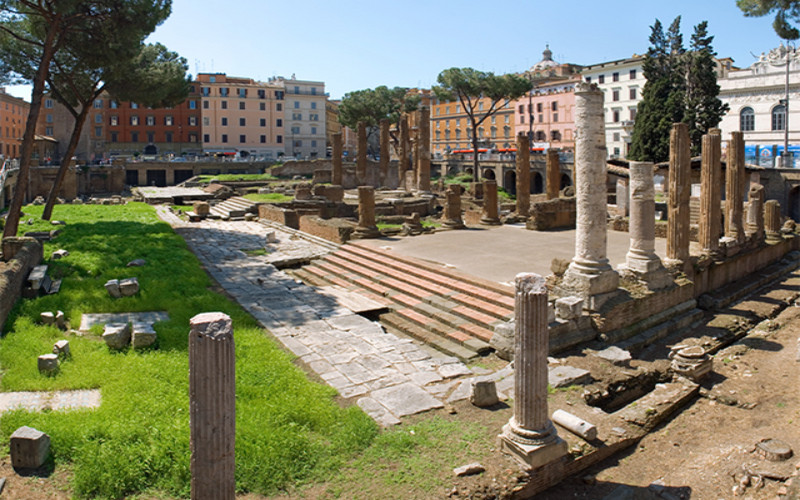
3. Mithraeums – The Secret Cult Temples of Mithras
In the shadow of Rome’s Christian basilicas lie relics of a different, once-popular religion: the mystery cult of Mithras. The Mithraeums—underground temples dedicated to the Indo-Iranian god Mithras—offer a surreal contrast to the grandeur of the later Church. One of the most evocative is the Mithraeum of San Clemente, located beneath the 12th-century basilica of the same name. Descend through layers of history—from the current church to a 4th-century Christian basilica, then further into a 2nd-century pagan shrine. Inside, a preserved tauroctony (sculptural depiction of Mithras slaying a bull) remains in near-pristine condition. These hidden temples were centers of ritual, initiation, and cosmic symbolism. They reflect the spiritual plurality of the Roman Empire before Christianity’s rise to dominance.
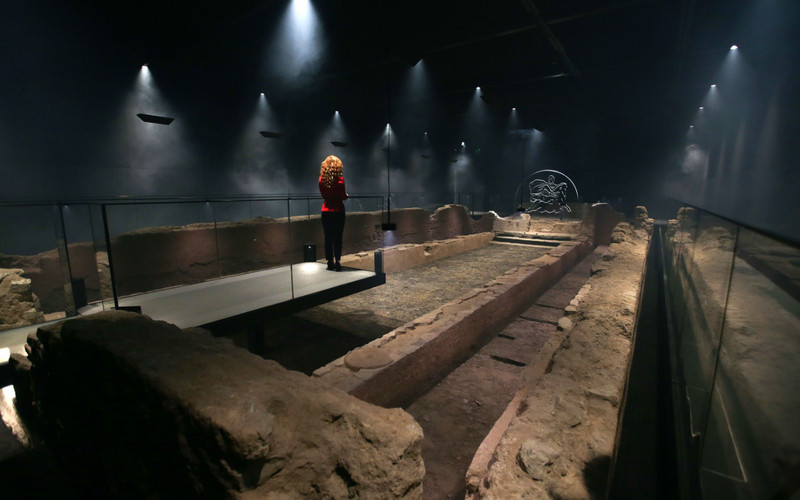
4. The Pyramid of Cestius – An Egyptian Obsession
Few people expect to find an Egyptian-style pyramid in Rome, yet the Pyramid of Cestius rises abruptly in the city’s Testaccio neighborhood, standing out amidst its European surroundings. Built between 18 and 12 BC, it served as the tomb of Gaius Cestius, a Roman magistrate who was enamored with Egyptian culture. Constructed during a period of “Egyptomania” following Rome’s conquest of Egypt, the pyramid is made of brick-faced concrete covered with slabs of white Carrara marble. Measuring about 36 meters high, it is remarkably well-preserved, thanks in part to its incorporation into the city’s Aurelian Walls. Though closed for centuries, the tomb’s interior was recently restored and occasionally opens for guided visits.
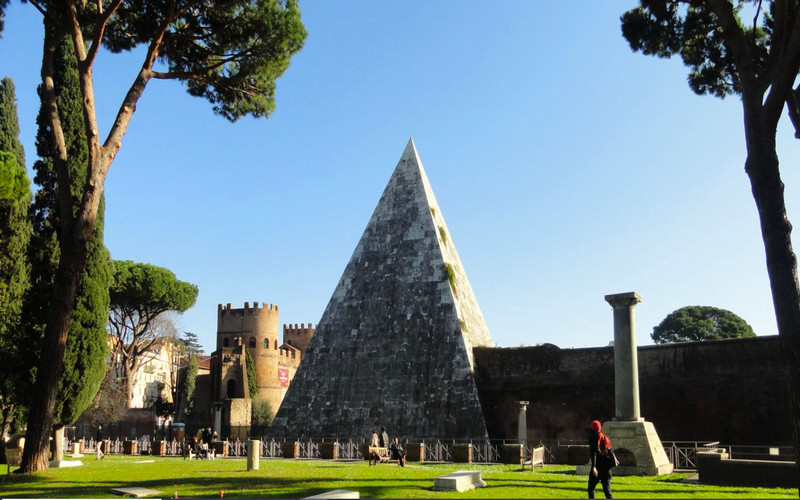
5. The Baths of Caracalla – Rome’s Forgotten Spa Complex
Overshadowed by the Colosseum and Palatine Hill, the Baths of Caracalla are one of the most massive and luxurious public bathing complexes of the Roman Empire. Built between 212 and 216 AD, they once accommodated up to 1,600 bathers at a time and included libraries, gyms, gardens, and even art galleries. While much of the opulence is gone, visitors today can still wander through soaring halls, mosaic floors, and underground tunnels. The scale alone is awe-inspiring—a testament to the engineering prowess and social priorities of Roman society, where bathing was a cornerstone of civic life. In summer, the baths even host open-air operas, merging ancient ambiance with modern performance.
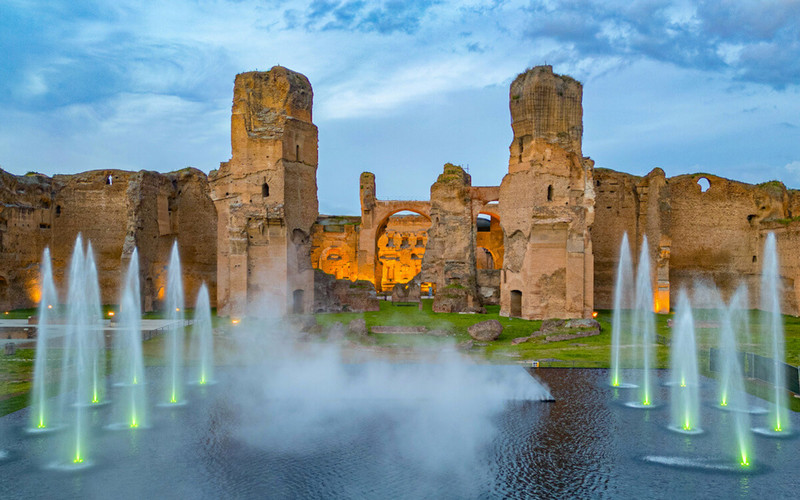
6. The Aqua Virgo and Underground Aqueducts
Rome was defined by its waterworks, with eleven aqueducts once channeling fresh water from distant mountains into the heart of the city. While most visitors marvel at the Trevi Fountain, few realize that it is fed by the ancient Aqua Virgo, built in 19 BC by Agrippa, Augustus’s son-in-law. Much of the original aqueduct still functions today—one of the rare surviving Roman hydraulic systems still in use. Beneath modern Rome, stretches of the Aqua Virgo can be toured, revealing Roman tunnels, brickwork, and cisterns. The water’s purity and ingenuity of the design continue to impress engineers.
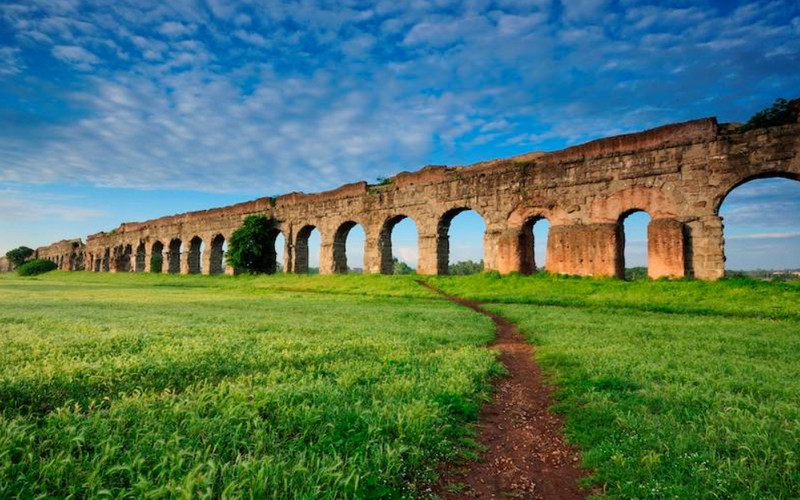
7. The Basilica of San Clemente – A Vertical Timeline
The Basilica of San Clemente is more than a church; it’s a chronological journey through Roman history. At street level stands the 12th-century church adorned with gold mosaics. Descend below, and you’ll find a 4th-century basilica with faded frescoes and early Christian iconography. Dig deeper, and you’ll enter a 1st-century Roman house and Mithraeum—an astonishingly well-preserved example of Roman domestic architecture and religious fusion. Few sites in Rome offer such a tangible, walkable connection between pagan Rome, early Christianity, and medieval devotion.

8. Ostia Antica – The Forgotten Sister of Pompeii
Though technically outside central Rome, Ostia Antica deserves a top spot in any exploration of hidden ancient wonders. This once-bustling port city at the mouth of the Tiber River was Rome’s commercial lifeline. Over time, silting and abandonment led to its preservation beneath layers of mud and silence. Unlike Pompeii, which was frozen in a moment of disaster, Ostia offers a broader, more gradual look at urban life. You can wander through apartment buildings, taverns, public baths, temples, and even a communal latrine. Faded frescoes and mosaics still adorn walls. And unlike Pompeii, Ostia is rarely crowded—making it a peaceful, immersive experience.
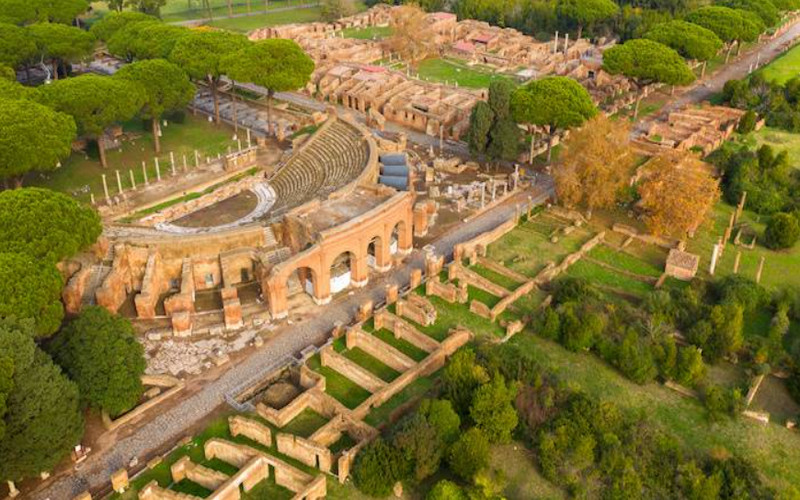
9. The Vicus Caprarius – The City of Water Beneath Trevi
Few visitors throwing coins into the Trevi Fountain realize what lies directly beneath their feet: Vicus Caprarius, also known as “The City of Water.” This archaeological complex, located underneath a small movie theater, reveals the remains of an imperial Roman domus (house) and parts of the Aqua Virgo aqueduct. Visitors can see pipes, fountains, and water channels still trickling today—testament to Rome’s enduring infrastructure. Pottery shards, coins, and fragments of statues recovered here also paint a picture of domestic life and urban development during the Empire.
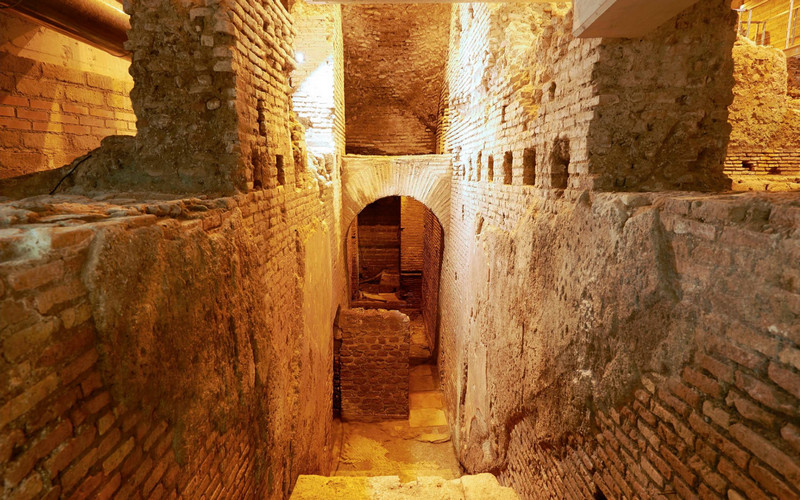
10. The Clivo di Scauro and the Hidden Arches of Aventine
On the quiet Aventine Hill lies Clivo di Scauro, an ancient Roman road preserved between towering brick arches. These structures supported insulae (apartment blocks) and storage buildings in antiquity, offering one of the few surviving examples of Rome’s dense urban residential planning. Strolling this cobbled alley feels like stepping back in time. It’s often deserted, adding to its haunting beauty. The adjacent churches of Santa Sabina and Sant’Alessio offer further serenity—and sweeping views over the city from the Orange Garden nearby.
